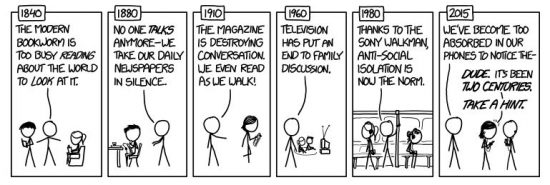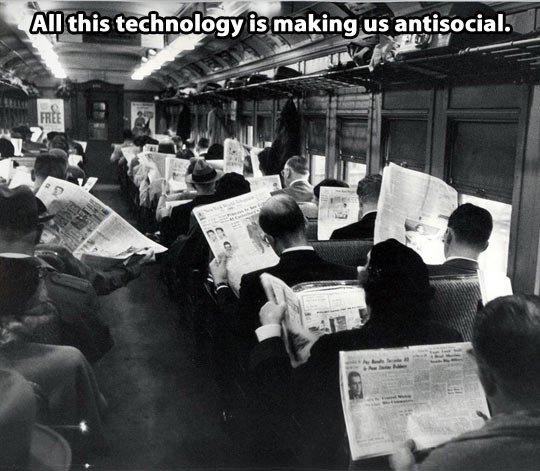By Brent Skorup and Michael Kotrous
In 1999, the FCC completed one of its last spectrum “beauty contests.” A sizable segment of spectrum was set aside for free for the US Department of Transportation (DOT) and DOT-selected device companies to develop DSRC, a communications standard for wireless automotive communications, like vehicle-to-vehicle (V2V) and vehicle-to-infrastructure (V2I). The government’s grand plans for DSRC never materialized and in the intervening 20 years, new tech—like lidar, radar, and cellular systems—advanced and now does most of what regulators planned for DSRC.
Too often, however, government technology plans linger, kept alive by interest groups that rely on the new regulatory privilege, even when the market moves on. At the eleventh hour of the Obama administration, NHTSA proposed mandating DSRC devices in all new vehicles, an unprecedented move that Brent and other free-market groups opposed in public interest comment filings. As Brent wrote last year,
In the fast-moving connected car marketplace, there is no reason to force products with reliability problems [like DSRC] on consumers. Any government-designed technology that is “so good it must be mandated” warrants extreme skepticism….
Further,
Rather than compel automakers to add costly DSRC systems to cars, NHTSA should consider a certification or emblem system for vehicle-to-vehicle safety technologies, similar to its five-star crash safety ratings. Light-touch regulatory treatment would empower consumer choice and allow time for connected car innovations to develop.
Fortunately, the Trump administration put the brakes on the mandate, which would have added cost and complexity to cars for uncertain and unlikely benefits.
However, some regulators and companies are trying to revive the DSRC device industry while NHTSA’s proposed DSRC mandate is on life support. Marc Scribner at CEI uncovered a sneaky attempt to create DSRC technology sales via an EPA proceeding. The stalking horse DSRC boosters have chosen is the Corporate Average Fuel Economy (CAFE) regulations—specifically the EPA’s off-cycle program. EPA and NHTSA jointly manage these regulations. That program rewards manufacturers who adopt new technologies that reduce a vehicle’s emissions in ways not captured by conventional measures like highway fuel economy.
Under the proposed rules, auto makers that install V2V or V2I capabilities can receive credit for having reduced emissions. The EPA proposal doesn’t say “DSRC” but it singles out only one technology standard that would be favored in this scheme: a standard underlying DSRC.
This proposal comes as a bit of surprise for those who have followed auto technology; we’re aware of no studies showing DSRC improves emissions. (DSRC’s primary use-case today is collision warnings to the driver.) But the EPA proposes a helpful end-around that problem: simply waiving the requirement that manufacturers provide data showing a reduction in harmful emissions. Instead of requiring emissions data, the EPA proposes a much lower bar, that auto makers show that these devices merely “have some connection to overall environmental benefits.” Unless the agency applies credits in a tech-neutral way and requires more rigor in the final rules, which is highly unlikely, this looks like a backdoor subsidy to DSRC via gaming of emission reduction regulations.
Hopefully EPA regulators will discover the ruse and drop the proposal. It was a pleasant surprise last week when a DOT spokesman committed that the agency favored a tech-neutral approach for this “talking car” band. But after 20 years, this 75 MHz of spectrum gifted to DSRC device makers should be repurposed by the FCC for flexible-use. Fortunately, the FCC has started thinking about alternative uses for the DSRC spectrum. In 2015 Commissioners O’Rielly and Rosenworcel said the agency should consider flexible-use alternatives to this DSRC-only band.
The FCC would be wise to follow through and push even farther. Until the gifted spectrum that powers DSRC is reallocated to flexible use, interest groups will continue to pull any regulatory lever it has to subsidize or mandate adoption of talking-car technology. If DSRC is the best V2V technology available, device makers should win market share by convincing auto companies, not by convincing regulators.



 The Technology Liberation Front is the tech policy blog dedicated to keeping politicians' hands off the 'net and everything else related to technology.
The Technology Liberation Front is the tech policy blog dedicated to keeping politicians' hands off the 'net and everything else related to technology.